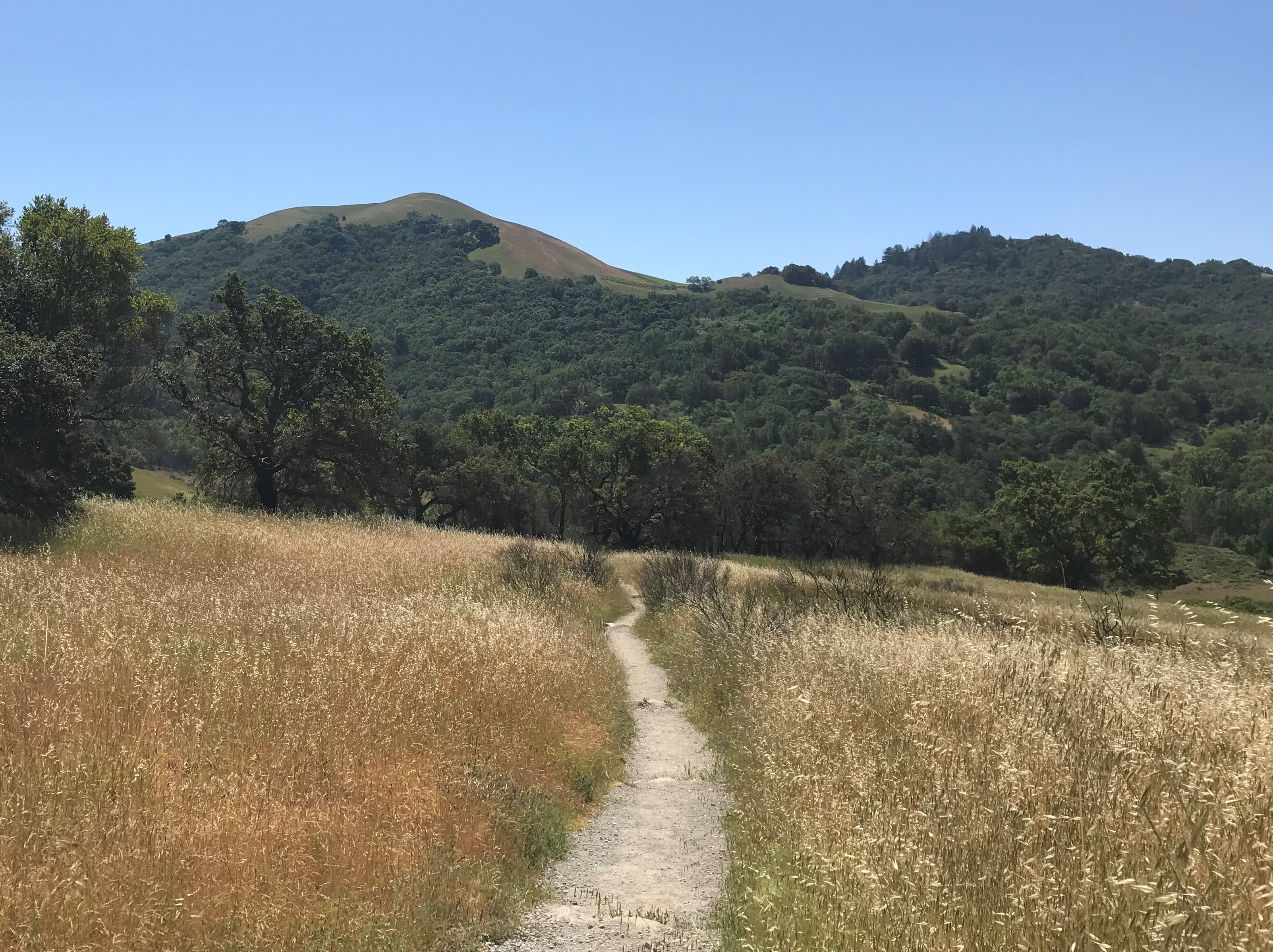Time magazine called it “the biggest jigsaw puzzle in history.” An entire monastery and surrounding outbuildings near Segovia, Spain were numbered stone by stone, dismantled one piece at a time, and put into crates. It is also known as the oldest building in the United States.
How exactly did an 900 year old building end up in Miami, Florida? And why does no one seem to know about it?
It’s funny that almost every time we’ve mentioned going to see the monastery in Miami, most people have never heard about it. Even Miamians…
The History
Even today, The Ancient Spanish Monastery is still known as the Monastery of St. Bernard de Clairvaux. Construction on the Cistercian monastery was begun in the year 1133 AD. The monastery was completed 8 years later in 1141 AD. It was used as a monastery for almost 700 years. In the 1800s it was seized and turned into a stable.
Then, in 1925, William Randolph Hearst, a newspaper magnate purchased the monastery and outbuildings. He had them crated and shipped to Brooklyn, NY. It sat in a warehouse for a couple of years. After Hearst died, it was sold to two entrepreneurs who then moved it to Miami. Considering two moves and the number of pieces to assemble, it’s surprising it only took 19 months to reconstruct the monastery.
The Visitor’s Center
As soon as you walk in the door of the main building (which is a museum) or Visitor’s Center, you begin to see how deep the history really is. The initial room is filled with various period pieces whose detail is extraordinary. It’s quite unusual to see artifacts of this age in the US.
There’s a quick 4-minute video that helps get things started. There’s also brochures available.
Working your way around the room, they’ve done well at displaying and categorizing the various artifacts.
While not specifically mentioned in any of the materials, it does appear that there are two floors of onsite housing for some of the staff on the one side. We are hypothesizing as one of the staff walked into the lower door on the right.
The Monastery
Upon exiting the Visitor’s Center, you’ll notice that the porch area has been constructed to fit the time period of the monastery.
As you enter the outer courtyard, you can see the monastery on the other side. The gardens are well manicured and have a nice, restful feeling.
The gardens have a walking trail. There’s also an altar that was constructed of 12 century stone where the mason, Claude Greenleaf proposed to his future wife Dr. Jamie Gooden.
The Monastery
When you step inside the reconstructed monastery, it gives you the sense that you’re stepping back into time. It very much reminded us of some of the places we’ve been of similar age or older, like The Crypte – Cathédrale Saint-Bénigne de Dijon, France, Carrickfergus Castle in Ireland, the Roman Colosseum in Italy, or even the ancient ruins of an Incan mining town we saw on our Andes Tour in Argentina. The monastery was originally located near the Aqueduct in Segovia, Spain, so there are more than a few similarities.
Services are still held in the sanctuary on site and holds a fair number of people.
The chapel is stately and offers more solitude.
There are different acknowledgements of the 10 major families of Spanish nobility who contributed to have the monastery built originally. Their coats of arms are displayed prominently.
The inner courtyard is beautifully landscaped with stone walkways to a “well” in the middle.
Behind the monastery are more living quarters and office space. This area is more modernized, but still fits into the ancient time period.
Practical Stuff
The monastery welcomes photo opportunities and embraces events. During our short time at the monastery (in the middle of the week), there were two different appointments for photo shoots. If that’s something you’d like to do, make sure you schedule it in advance.
The location is easy to find using your phone or car GPS. There’s a good amount of free parking. However, on a busy day you may want to go earlier than later, as the parking lot may get full.
The cost is nominal at $10 per adult. If you fit into the category of student or senior (over 62), then it’s only $5 per adult. They do take credit cards, but they have to write everything down and call it in, so be prepared to fill in some information to help them out.
